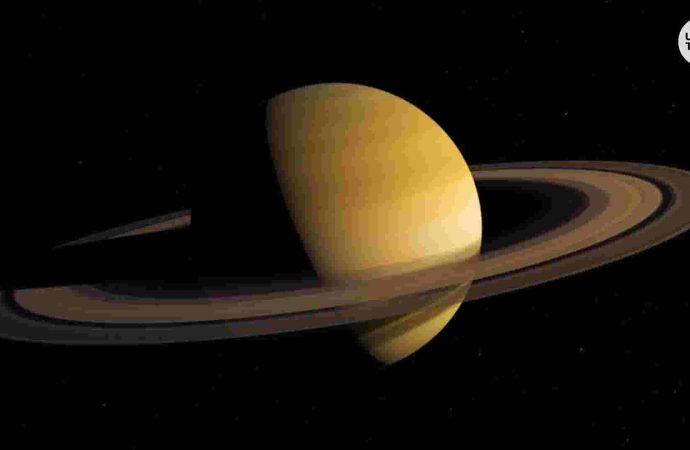They’re the solar system’s most iconic feature, but how and when Saturn’s rings formed have remained a mystery for centuries.
Source: Stuff.co
Now, a piece of the puzzle has been revealed: Astronomers believe the gravitational pull of Saturn’s tiniest moons likely shaped and “sculpted” the rings, according to the new research, which details how the sculpting took place.
The rings themselves are made of small particles of ice and rocks, and, according to Nasa, are believed to be pieces of comets, asteroids or shattered moons that broke up before they reached the planet. It’s exactly how they turned into rings that remains the mystery.
The new findings are based on data and hundreds of thousands of photos sent back from Nasa’s Cassini spacecraft as it orbited the planet in 2017, shortly before it burned up in Saturn’s atmosphere. Now, nearly two years after the end of the mission, researchers are still publishing new studies trying to better understand the features based on the data the spacecraft gathered, according to Space.com.
“Getting closer to the rings, getting higher resolution images…, we’re starting to get new views, some of the best-ever views of some of the dynamics and evolution of what’s going on in Saturn’s rings,” Nasa’s Linda Spilker told Space.com.
Textures and patterns, from clumpy to strawlike, pop out of the images, Nasa said, and new images also reveal how colours, chemistry and temperatures change across the rings.
“These new details of how the moons are sculpting the rings in various ways provide a window into solar system formation, where you also have disks evolving under the influence of masses embedded within them,” said study lead author and Cassini scientist Matt Tiscareno of the SETI Institute.

The rings also formed much later than did the planet. In fact, the rings are “relatively recent”, scientists said, likely forming less than 100 million years ago and perhaps only 10 million years ago.
Saturn itself is some 4.5 billion years old, the same age as all the other planets in our solar system. This means that for most of its existence, Saturn was probably without its stunning rings.
“The results strongly suggest that Saturn’s rings are much younger than Saturn itself and provide important clues to the origin of the rings and moons,” said Shigeru Ida of the Tokyo Institute of Technology, in a review that accompanied the new study.
As for why Saturn has rings, “there is no clear reason why Saturn should be special in this way,” Tiscareno said in an e-mail to USA TODAY. “One possible answer is that Saturn in fact is not special, but is simply the lucky planet that has rings at the time when we happen to live.”
The final answer to how Saturn’s rings formed – which has fascinated astronomers for hundreds of years – is still to come, however: “A clear answer to the long-standing question of when and how Saturn’s rings formed has not yet been obtained, but the Cassini data provide important pieces of the puzzle,” Ida said.
The new study was published in the peer-reviewed journal Science, a publication of the American Association for the Advancement of Science.
































Leave a Comment
You must be logged in to post a comment.